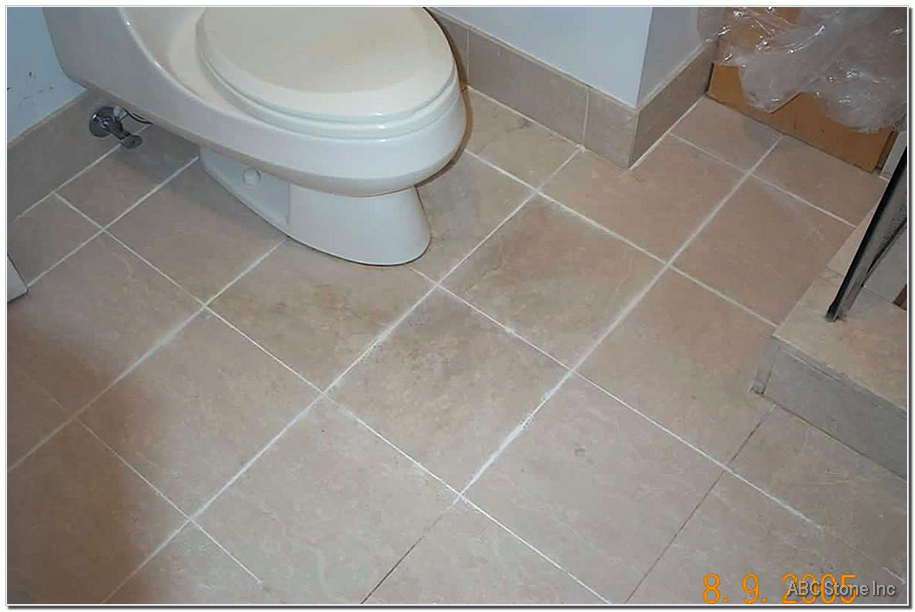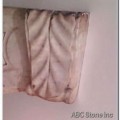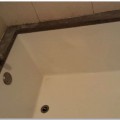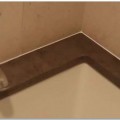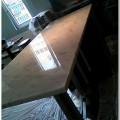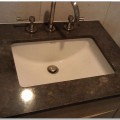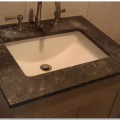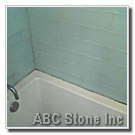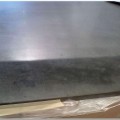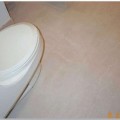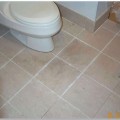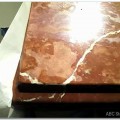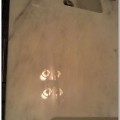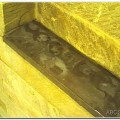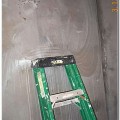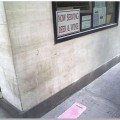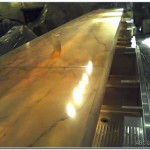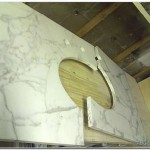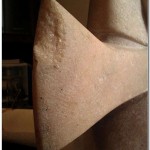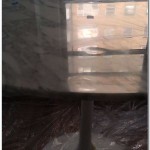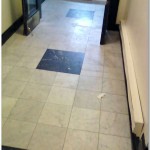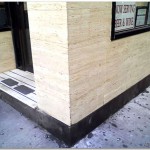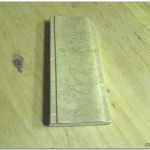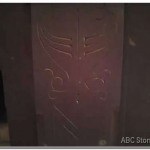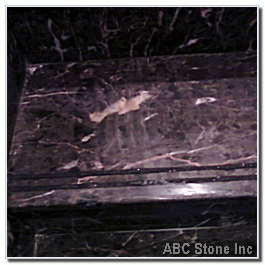Stained Botticino
Stained Botticino refers to Botticino marble, a type of natural stone that is commonly used as a building material or for interior design purposes, which has stains or discolorations on its surface. Botticino marble is a type of Italian marble that is known for its light beige or ivory color with occasional darker veining. It is quarried in the Lombardy region of Italy, and it is a popular choice for flooring, countertops, and other applications due to its durability and classic appearance.
Staining on Botticino marble can occur for various reasons, such as spills of acidic substances like citrus juices or vinegar, exposure to rust or metal objects, or improper cleaning techniques. These stains can mar the appearance of the marble and detract from its natural beauty.
There are several methods for removing stains from Botticino marble, depending on the type and severity of the stain. Here are some common methods:
1. Poultice: A poultice is a mixture of a cleaning agent and an absorbent material that is applied to the stained area and left to dry. As the poultice dries, it draws out the stain from the marble. Common poultice materials include baking soda, talc, or diatomaceous earth mixed with water or a cleaning agent. After the poultice is dry, it is carefully removed and the area is cleaned with a pH-neutral cleaner.
2. Polishing: Polishing the stained area with a marble polishing powder or compound can sometimes remove minor stains. Polishing should be done carefully using a soft cloth or a low-speed polisher to avoid further damage to the marble surface.
3. Etch removal: If the stain is actually an etch mark caused by an acidic substance, it can be removed by re-polishing the area with a marble polishing compound specifically formulated for etch removal. This process typically requires the use of professional-grade equipment and expertise.
4. Sealing: Applying a high-quality marble sealer can help prevent future staining by creating a barrier on the marble surface. However, it is important to note that sealing will not remove existing stains, and regular reapplication of the sealer may be necessary to maintain its effectiveness.
It's worth mentioning that severe stains or deep-set discolorations may require professional restoration services from experienced stone care professionals to avoid further damage to the marble. It's always best to consult with a stone care specialist or a professional marble restoration company for proper guidance and treatment of stained Botticino marble.
Submit Your Order or Ask a Question :
You'll get a response within a few minutes or hours and usually not longer than 24 hours.
Tags: Images

